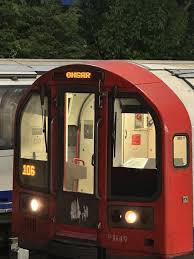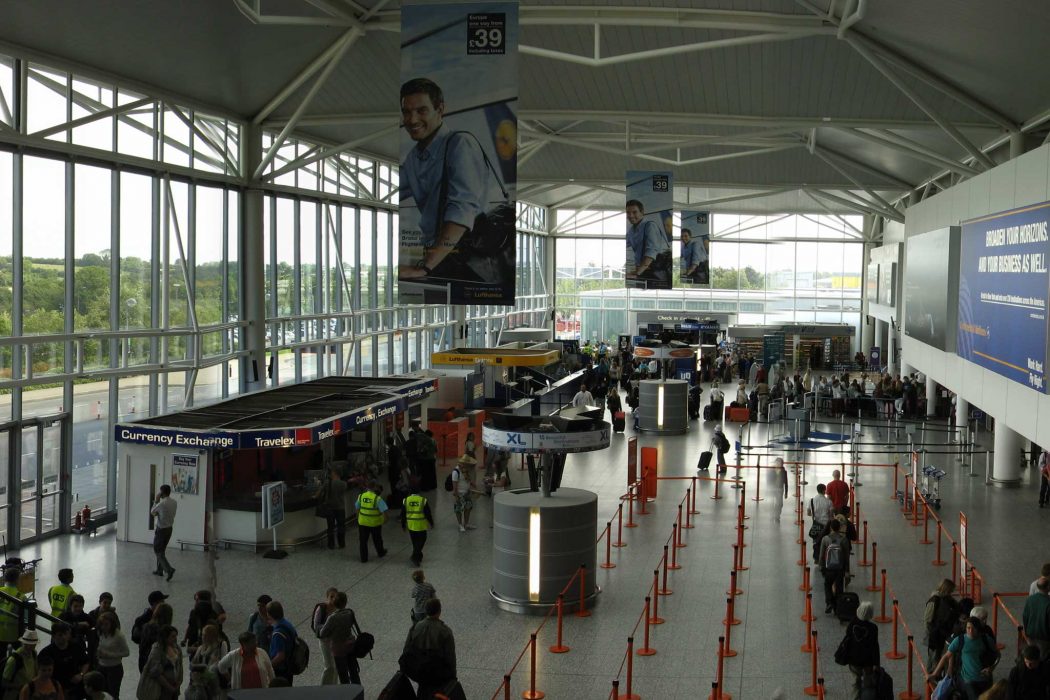
The Importance of the Central Line
The Central Line is one of London’s most significant underground rail routes, providing essential transport links across the city. It spans 46 miles from West Ruislip to Epping, connecting over 30 stations. Opened in 1900, the line is vital for daily commuters and tourists alike, making it a central part of London’s public transport infrastructure.
Current Developments
As of October 2023, the Central Line has been undergoing various upgrades aimed at improving efficiency and passenger experience. Transport for London (TfL) recently announced plans to enhance capacity during peak hours by introducing additional services and optimizing train schedules. This adjustment is in response to the growing ridership, which saw a notable increase post-pandemic as more individuals returned to work and leisure activities in the city.
Moreover, improvements to stations along the line have also been initiated. Stations such as Oxford Circus and Liverpool Street are receiving modern refurbishments, including better accessibility features and updated facilities. This trend is part of TfL’s long-term commitment to ensure that all Londoners can efficiently and comfortably access the vast transport network.
Challenges and Future Prospects
Despite the advancements, the Central Line still faces challenges, including aging infrastructure and occasional service disruptions. Recent reports highlighted delays caused by signal failures, prompting TfL to investigate and address these recurring issues. Experts suggest that further investments in technology and maintenance are essential to sustain the line’s reliability and safety.
Looking ahead, the Central Line is expected to play a key role in the broader plans for London’s transport network, especially with the impending arrival of new technologies such as driverless trains. As part of TfL’s overarching strategy, the Central Line will be pivotal in integrating more sustainable and efficient transport options, aligning with the city’s goals to reduce congestion and carbon emissions.
Conclusion
In conclusion, the Central Line remains a foundational aspect of London’s transport system, vital for millions of commuters daily. With ongoing improvements and a commitment to future advancements, it continues to adapt to the changing needs of the city. Readers should stay informed about these developments, as they will shape the future of travel across London, making the Central Line an even more invaluable route in the years to come.
You may also like

Bristol Airport: The Future of Travel and Innovations

Exploring the Elizabeth Line: A New Era for London’s Transport
